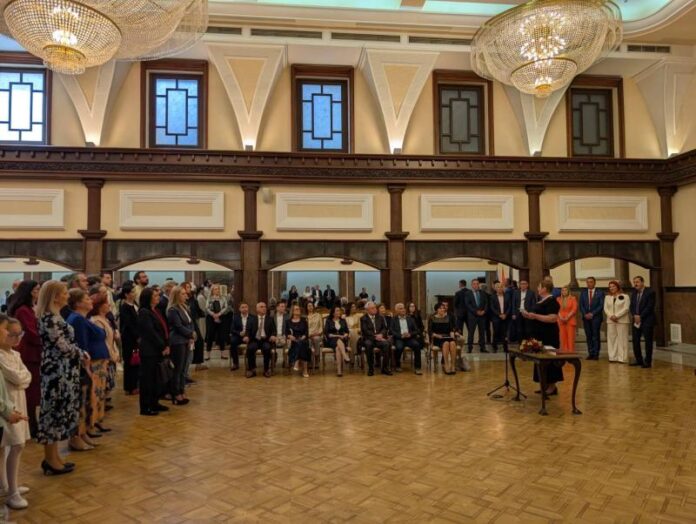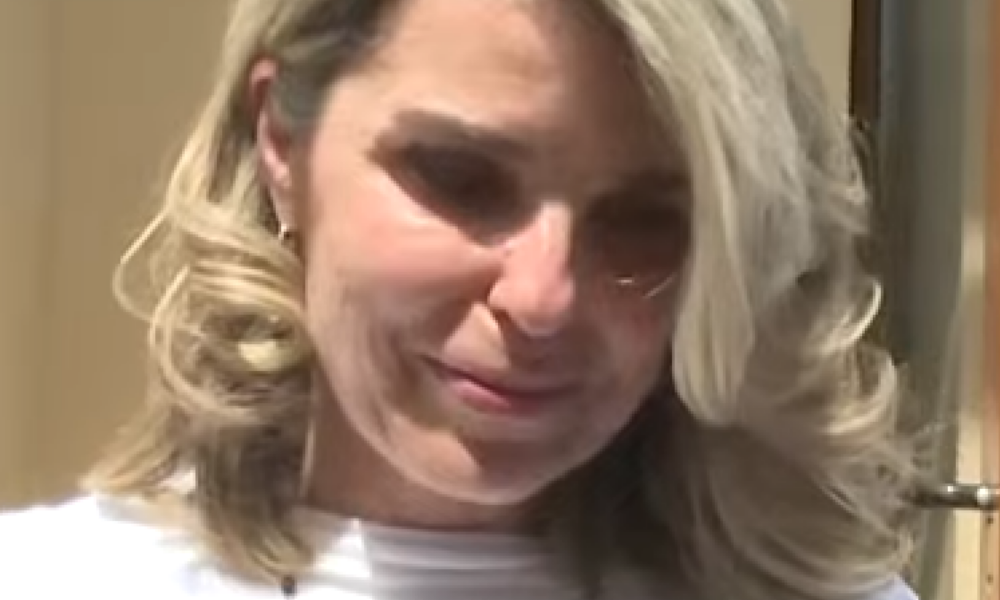Julia Parsons. One of the cryptologists who sank the Nazis

The Nazis were so convinced that they had an impenetrable machine, which did not even occur to them that arrogance could be spelling the key to his collapse. Even when only this explanation remained, they refused to believe that someone could decipher their codes, transmitted through the Enigma machines, and every day their submarines sent their exact latitude and longitude every day. Allied forces had to be careful not to go to the pot with too much thirst, since they were playing in the naval battle, knowing the enemy fleet positions beforehand. And among the hundreds of people who every day deciphered the codes to the US Navy during World War II, was Julia Parsons, who died on 18 April and was among the last survivors of an ultra-secret team of women who deciphered the messages and for the German submarines. His death in a veteran palliative care center was confirmed by his daughter Margaret Breines. Julia was 104 years old.
Having grown in a family that loved to solve puzzles, still very young developed a passion for puzzles and crosswords, having grown in Pittsburgh during the great depression. Born on March 2, 1921, his father, Howard G. Potter, was a professor at the Carnegie Institute of Technology, currently known as Carnegie Mellon University, and his mother, Margaret (Filbert) Potter, was a kindergarten teacher. After graduating from Carnegie Tech in 1942, Julia worked in a army war material factory. He would join the war effort in the summer of 1942 after reading an article about a new US Navy program called Women Accept for Volunteer Emergency Service, or Waves. «There was nothing for women to do but stay at home and wait»she remembered in an interview in 2022.I didn’t want to stay home, waiting. »
The recruitment program was a success, and it was one of 100,000 women who joined the waves, having left Pittsburgh in 1943 to graduate as an official at Smith College in Massachusetts, where he attended Criptoology, Physics and Naval History courses. After training, it was sent to the Naval Communications Annex in Washington.
One day an officer asked them if anyone knew how to speak German. As he had studied her two years in the High School, he raised his hand. « They immediately sent me to the Enigma section and I began to learn to decode the messaging of the German submarines on the first day of work. »he said in an interview with Veterans Breakfast Club. «Enemy messages arrived throughout the day throughout the North Atlantic, in addition to the North Sea and the Gulf of Biscaia.
The puzzle of the riddle began to be unraveled in the late 1930s, when Polacs, using information collected by the French authorities, proceeded to the inverse engineering of the German device, and began to develop the Bombe, a machine to decipher a computer -like codes. The Poles shared the information with the British authorities, and in 1941, after the royal navy captured a German submarine with a riddle machine on board, in one of the operations that became one of the best-kept secrets of the war, British mathematician Alan Turing used it to improve the Busbe. The British authorities then sent to the US Navy instructions for the construction of the Bombe.
In the US Naval Communications Annex in Washington, Julia Parsons and hundreds of other women used the Busbe to decipher German military radio broadcasts, revealing information that was fundamental to shorten and win the war, and her cryptology work saved some lives and simultaneously ended up with others.
«Think that we all contribute to the death of someone did not fit me well»said Parsons to The Washington Post. Still, he was proud of terty a role in a decisive period, having helped to end the war. «It was a very patriotic time in the country»I told Historynet in 2021. «Everyone did something. Everyone was patriotic. It was a beautiful time for this kind of things. »






